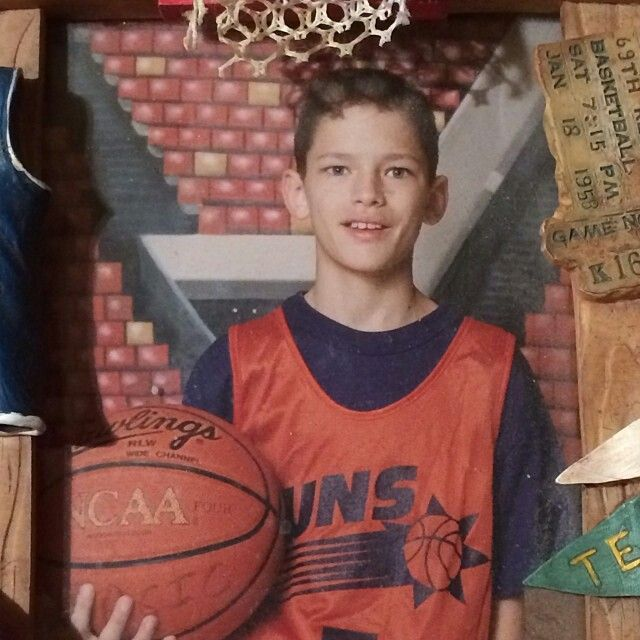Deleted member 1973
pastebin.com/Tb8AYcyk
- Joined
- Jun 8, 2019
- Posts
- 5,825
- Reputation
- 6,895
research team led by Heidi VanRavenhorst-Bell of Wichita State University has demonstrated that exercise is associated with greater tongue strength and tongue endurance. And not all exercise is created equal. Weightlifters have greater maximal tongue strength; runners have greater tongue endurance. (Running author Scott Douglas already made the requisite kissing joke on Twitter, so I’ll pass on it.)
In a 2016 study, VanRavenhorst-Bell assessed tongue strength and endurance in 48 volunteers, and found that those classified as highly active scored higher on the tongue measures than their sedentary peers. The effect was more pronounced in people in their 60s than people in their 20s, suggesting that regular exercise helps stave off the usual age-related decline in tongue muscle.
example, a 2015 study published in the journal Somatosensory & Motor Research found that compared to habitual jaw resting position, "tongue positioning against the upper incisors can enhance the postural stability during upright standing on an unstable surface and in the absence of vision in healthy young adults."
A 2014 study published in the journal Muscles, Ligaments and Tendons found that using an "extended up to the palatine spot" tongue position results in 30% greater knee flexion peak torque during isokinetic testing than a "thrusting on the lingual surface of incisive teeth" tongue position. In English, having your tongue on the roof of your mouth seemed to result in greater hamstring strength than having it in the middle or floor of your mouth.
It's believed to relate to the fact the tongue is part of a myofascial chain called the Deep Front Line. Myofascial chains are lines of pull throughout the body which distribute strain, transmit force and affect the structure and function of the body.
Myofascial chains help movement practitioners explore how one structure affects other, more distal (farther away) structures in the body.

In a 2016 study, VanRavenhorst-Bell assessed tongue strength and endurance in 48 volunteers, and found that those classified as highly active scored higher on the tongue measures than their sedentary peers. The effect was more pronounced in people in their 60s than people in their 20s, suggesting that regular exercise helps stave off the usual age-related decline in tongue muscle.
example, a 2015 study published in the journal Somatosensory & Motor Research found that compared to habitual jaw resting position, "tongue positioning against the upper incisors can enhance the postural stability during upright standing on an unstable surface and in the absence of vision in healthy young adults."
A 2014 study published in the journal Muscles, Ligaments and Tendons found that using an "extended up to the palatine spot" tongue position results in 30% greater knee flexion peak torque during isokinetic testing than a "thrusting on the lingual surface of incisive teeth" tongue position. In English, having your tongue on the roof of your mouth seemed to result in greater hamstring strength than having it in the middle or floor of your mouth.
It's believed to relate to the fact the tongue is part of a myofascial chain called the Deep Front Line. Myofascial chains are lines of pull throughout the body which distribute strain, transmit force and affect the structure and function of the body.
Myofascial chains help movement practitioners explore how one structure affects other, more distal (farther away) structures in the body.



